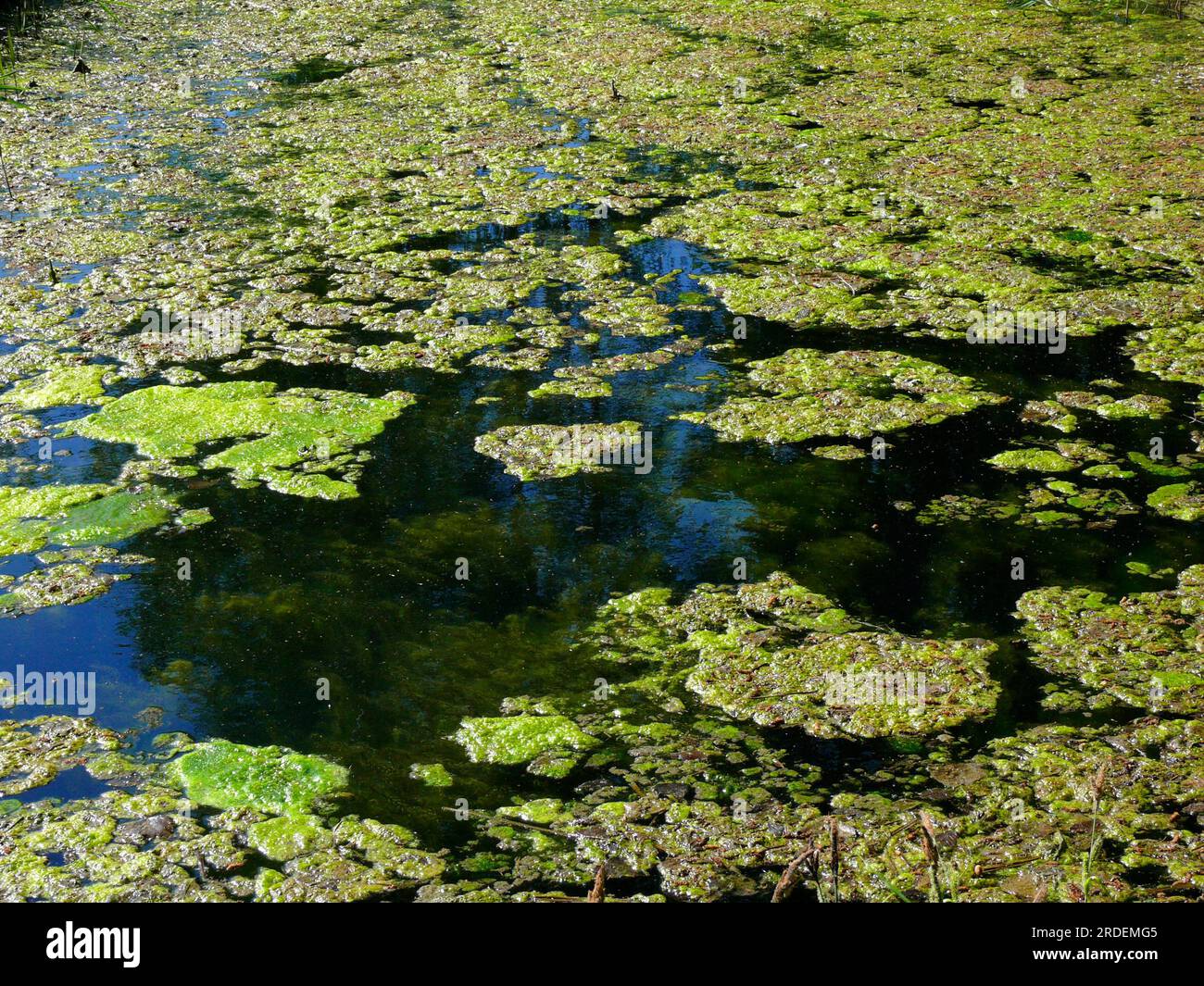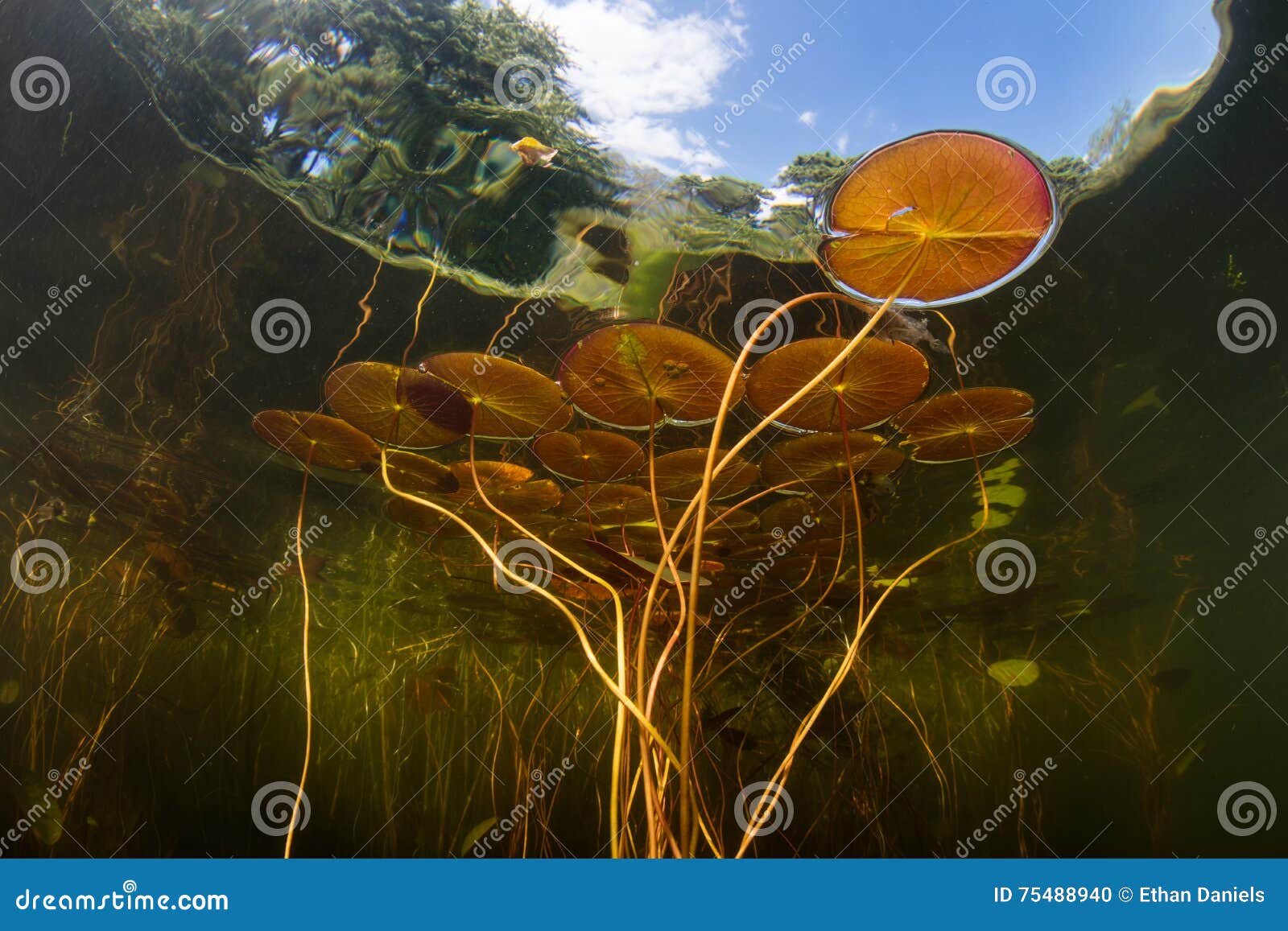Pond with lily pads and algae Stock Photo Biology Diagrams But they are an important basis of the pond food chain. Submersed plants: Aquatic plants that live underwater and have roots in the soil, such as bladderwort, hydrilla, and pondweed. These plants have narrow and thin leaves. Floating leaved plants: Aquatic plants floating near or at the water surface either are rooted in the soil like lily pads

The common location here is a pond. A food chain shows the flow of energy and material being transferred from one organism to the next. The example given could be a food chain, but what disqualifies it from being a food chain is the perch it does not provide energy to any of the organisms listed in your example. algae, lily pads, cattails

Lily Pads in Ponds: Everything You Need to Know Biology Diagrams
Lily pads are a captivating addition to any pond, known for their round, flat floating leaves and stunning flowers. These aquatic plants not only enhance the aesthetic appeal of ponds and can play a significant role in the ecosystem. Understanding the benefits, drawbacks, and maintenance strategies is essential for pond owners looking to balance beauty and functionality. The Aesthetic and

Let's explore the benefits of having lily pads in ponds. 1. Aesthetic Appeal. Lily pads add a touch of natural beauty to ponds, creating a serene and picturesque environment that enhances the overall ambiance of the space. They form an integral part of the food chain, supporting the interactions between different organisms and maintaining

Are Lily Pads Good for Ponds? (4 Benefits to Consider) Biology Diagrams
Below is the explanation of the food chain of pond ecosystem: Producer Level. The producer level includes species of rooted and floating (algae) aquatic plant life lily pads, arrowhead, pickerel plants, shoreline shrubs, and trees are some of the options to choose from to manage the natural Pond. Plants in pond ecosystem: All ponds support

lily pads #6695 02/19/03 11:57 AM. Joined: Jan 2003. Posts: 90. Whitney, Texas. L. Lake Vilbig - Al Kohutek OP. Lunker. OP. Lake Vilbig - Al Kohutek. Lunker. L. Joined: Jan 2003. Nuphar advena (we call it Yellow Pond Lily) is a species of spatterdock that will grow in water up to about 6 feet. Plant it shallower in an area like Robert

Pond Ecosystem: Types, Food Chain, Animals and Plants Biology Diagrams
The Cons of Lily Pads. Unfortunately, lily pads can also cause some problems in ponds. First, they can quickly spread and take over the entire pond if left unchecked. Second, their large leaves can block sunlight from reaching the bottom of the pond, making it difficult for plants and other aquatic creatures to thrive. In this article, we'll explain the benefits of keeping lily pads in your pond as well as how to care for your water lilies. Let's dive in! Benefits of Lily Pads for Ponds. If you want to add some plants to your ponds, lily pads would be an excellent choice. They can help your pond in the following ways: 1 - Cooling the Pond. Lily pads

